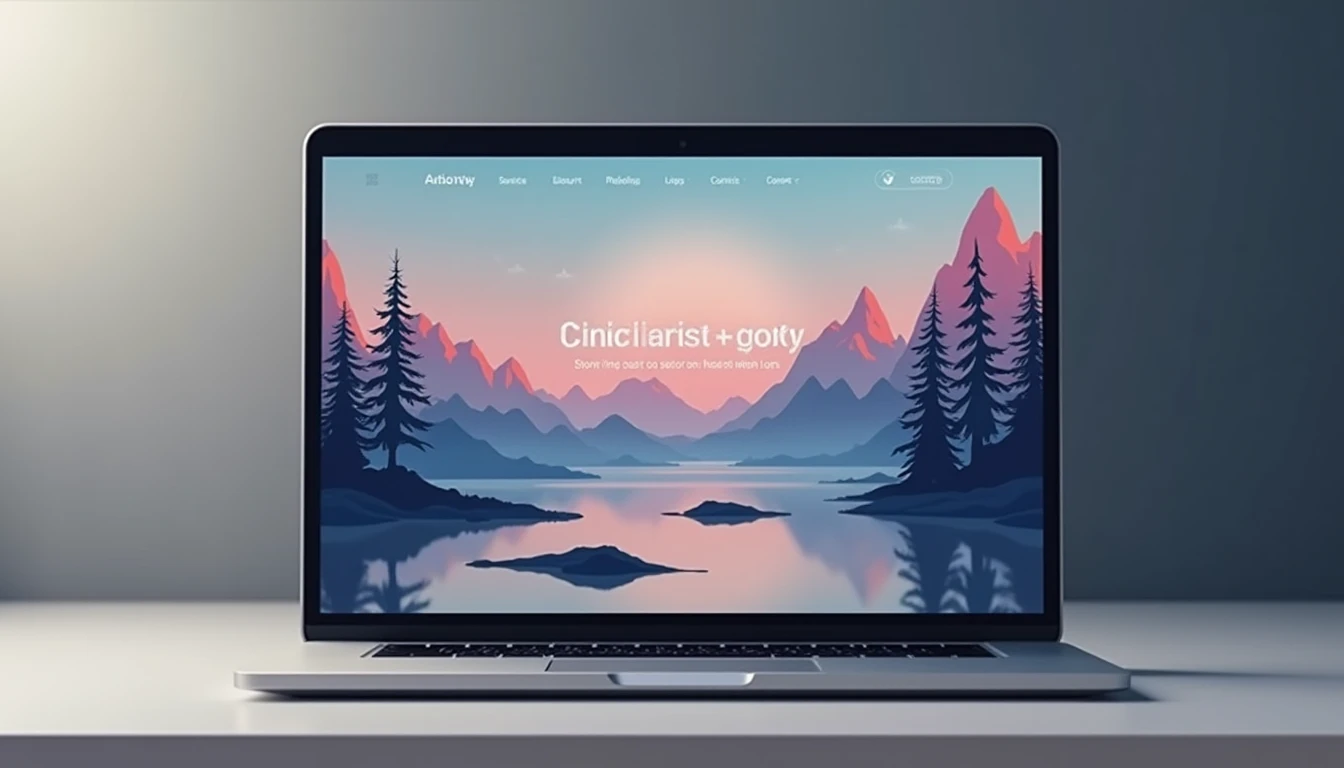In the rapidly evolving digital landscape, user experience (UX) and user interface (UI) design have emerged as critical disciplines that shape how we interact with technology on a daily basis. By focusing on understanding user needs, behaviors, and motivations, UX/UI designers create intuitive, engaging, and effective digital experiences across various platforms. This article will delve into the exciting field of UX/UI design, exploring its fundamentals, key principles, tools, and career opportunities.
Understanding UX/UI Design
User experience (UX) refers to the overall feel and interaction a user has with a product or service. It encompasses all aspects that affect how users perceive their interactions, from the visual design and layout to the functionality and usability of an interface. User interface (UI), on the other hand, focuses specifically on the tangible elements that facilitate communication between the user and the system, such as buttons, menus, and navigation systems.
At its core, UX/UI design is about creating digital experiences that are not only visually appealing but also intuitive, efficient, and satisfying for users. By combining the principles of psychology, ergonomics, and technology, UX/UI designers strive to create interfaces that anticipate user needs, minimize cognitive load, and streamline task completion.
UX/UI Design Principles
Effective UX/UI design is guided by a set of fundamental principles that ensure the creation of intuitive and user-centered experiences. Some key principles include:
1. User-Centered Design: The entire design process revolves around understanding and empathizing with the target audience, incorporating their needs, behaviors, and preferences into every decision.
2. Simplicity: UX/UI designs should be clean, uncluttered, and easy to navigate, allowing users to focus on their primary tasks without distractions or unnecessary complexity.
3. Consistency: Maintaining a consistent visual language, layout, and functionality throughout the interface helps users orient themselves quickly and builds trust in the product’s reliability.
4. Intuitive Interaction: Designing interfaces that align with users’ mental models and expectations, using familiar patterns and conventions to make interactions feel natural and effortless.
5. Feedback and Error Prevention: Providing immediate and clear feedback for user actions, along with mechanisms to prevent or recover from errors, ensures a smooth and confident interaction flow.

Design Tools and Process
UX/UI designers employ a variety of tools and techniques throughout the design process to create intuitive experiences:
1. User Research: Methods such as surveys, interviews, and usability testing help UX/UI designers gain deep insights into user needs, behaviors, and pain points.
2. Information Architecture (IA): The structure of content and navigation is organized in a way that makes sense to users, facilitating easy access to information and functionality.
3. Wireframing: Low-fidelity sketches or outlines are created to define the layout, placement, and hierarchy of UI elements before moving into high-fidelity design.
4. Prototyping: Interactive prototypes simulate real user interactions, allowing for rapid iteration, feedback collection, and usability testing before final development.
5. Visual Design: The aesthetic aspects such as color, typography, and imagery are crafted to create a cohesive visual language that supports the overall user experience and brand identity.
Career Opportunities in UX/UI Design
The growing demand for intuitive digital experiences has created ample career opportunities for skilled UX/UI designers across various industries:
1. Product Designer: Collaborating with cross-functional teams to define product strategy, roadmaps, and feature sets that prioritize user needs and business goals.
2. Interaction Designer: Focusing on the behavior of UI elements and designing interactions that are responsive, engaging, and intuitive for users.
3. Visual Designer: Specializing in creating visually appealing designs that align with brand guidelines, usability principles, and accessibility standards.
4. UX Researcher: Conducting user research studies to uncover insights into user behaviors, needs, and pain points, informing the design process.
5. UI Engineer: Collaborating with development teams to implement pixel-perfect designs, ensuring consistency and performance across various platforms and devices.
UX/UI design is a dynamic and rewarding field that plays an essential role in shaping our digital world. By understanding user needs, following design principles, leveraging tools and techniques, and pursuing the right career opportunities, UX/UI designers can create intuitive experiences that enhance people’s lives and drive business success. As technology continues to evolve, the demand for skilled UX/UI professionals will only grow, opening up exciting paths for those passionate about designing digital experiences that truly matter.

